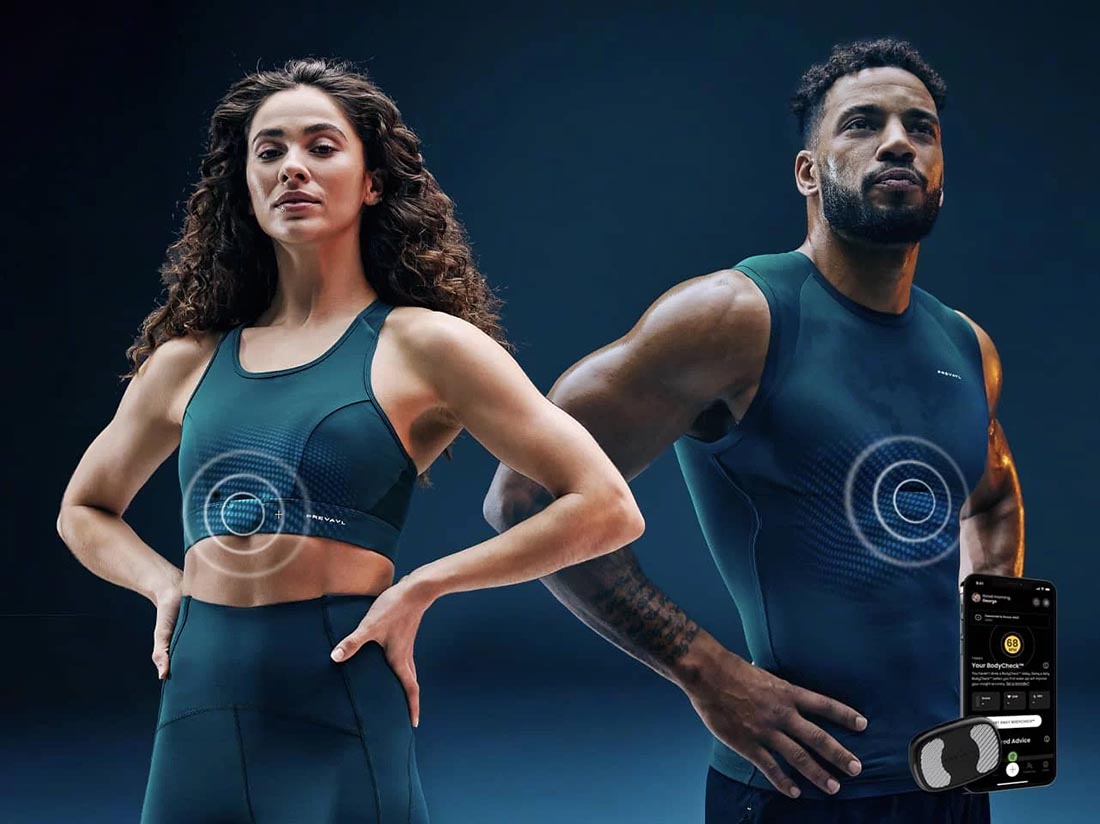Medical Smart Textiles and Wearable Health Devices Aren’t Yet Affordable for the Mass Consumer Market
Many in the medical profession have argued that healthcare should move away from its current reactive and disease-centric system to a more personalized, predictive, preventative and participatory model with a focus on disease prevention and health promotion.
As part of this shift in emphasis, wearable electronic devices worn on or close to the body that monitor and track health or physical activity can help manage cardiovascular health more effectively, with such features as physical activity monitoring, heart rate tracking and heart electrical activity tracing.
Even wearable activity trackers such as daily step counters can be used to obtain metrics associated with users’ general physical health and cardiovascular health status, supporting clinical care for patients with pulmonary arterial hypertension and other chronic diseases.
According to Emergen Research, the global medical smart textiles market size was worth US$252.7 million in 2019 and is expected to reach US2.2 billion in 2027 with a compound annual growth rate of 25.6% over the 2020–2027 period.
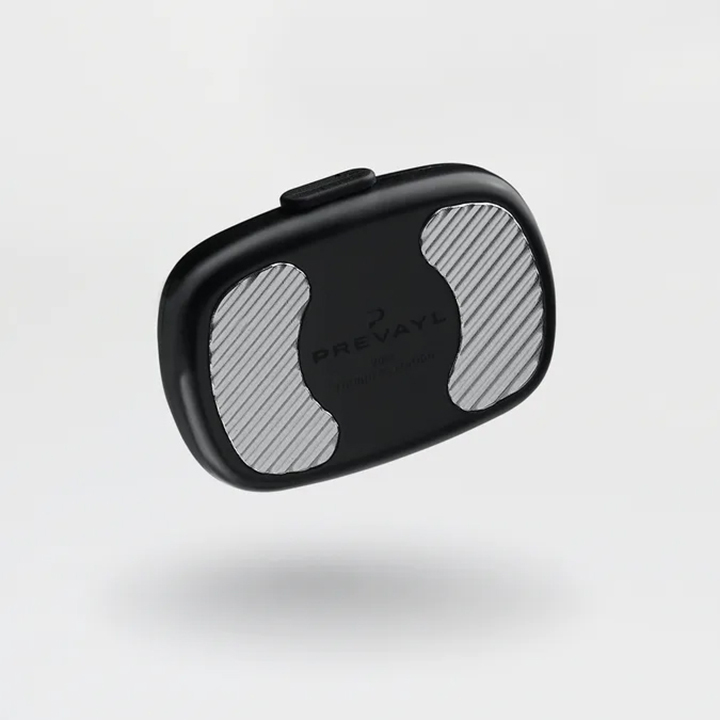
Cardiovascular Disease Risk
However, new research has found that people who most need wearable health devices, such as smartwatches and fitness bands, may use them the least.
Age, education and income are factors associated with less use of wearable health devices among people with and at risk for cardiovascular disease, according to research presented at the American Heart Association’s Scientific Sessions 2022 held in November in Chicago, Ill., USA.
The study found that people with cardiovascular disease were less likely than people without cardiovascular disease to use wearable devices. This suggests that those who are most likely to benefit from these technologies are less likely to use them, explained Lovedeep Dhingra, a postdoctoral research fellow in the Cardiovascular Data Science Lab at the Yale School of Medicine in New Haven, Connecticut, USA.
“We need to ensure that wearable devices reach the people who need them most, by improving equitable access and promoting wearables as health devices to help improve health and decrease health disparities,” Dhingra said.
Challenges for Garment-based E-textiles
Speaking at the E-Textiles Network conference held in November in Nottingham, UK, keynote speaker Martin Ashby, chief innovation officer of Manchester, UK-based sportswear brand Prevayl outlined the challenges of bringing garment-based e-textiles to the consumer mass market.
He noted that around eight million people in the UK alone will suffer from some form of heart disease, which costs the country’s National Health Service some £9 billion a year. Further, it is estimated that 63% of UK adults – some 35 million people – are overweight.
“We are facing a global healthcare and mental health crisis,” said Ashby. “But many people recognize this and want to make a change. However, barriers still need breaking down.”
In 2021, the global smart wearables market was estimated at US$18 billion and US$20.6 billion in 2022 year, with forecasts for 2028 in the US$42 to 118 billion range. However, smart clothing has not kept pace with this growth – the main smart products for the mass market are smartwatches, such as Apple and FitBit, said Ashby.
There are several wearable products now available on the market priced at around US$300–600, but few affordable products for the mass market. In addition, none have the desired look, feel and comfort required by most consumers.
The ECG data identifies heart rate and variability, including heart rate zone and recovery, orthostatic heart rate, cardio age, heart function, atrial fibrillation and ectopic heartbeat.
Health and Performance Insights
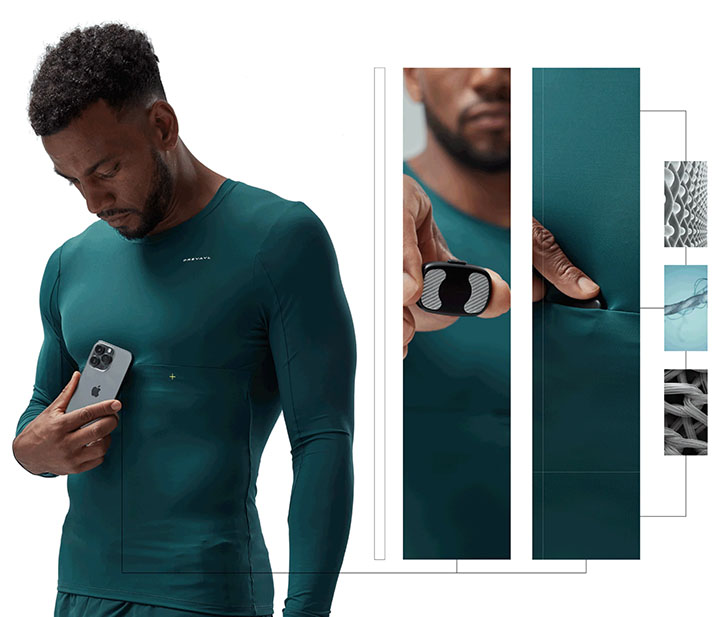
Launched in 2022, Prevayl’s concept range of sportswear contains patented knitted electrodes and includes a small, hidden pocket to store a sensor. The technology includes the Prevayl Sensor, SmartWear and the Prevayl App, which “seamlessly integrate” with one another to deliver key insights that help users improve their level of fitness.
The lightweight sensor tracks heart rate, breathing rate, body temperature and body movement to help users make “smartest fitness decisions,” while the app captures more than one million data points during each workout and turns them into “meaningful and actionable” insights.
The four-piece SmartWear collection is designed with a second-skin fit and made of durable, lightweight, stretchable, moisture-wicking and breathable materials to ensure maximum comfort and movement. It features adjustable sports bras, short and long-sleeve T-shirts, and tank tops that all have a discreet pocket for housing the Prevayl Sensor.
The garments are embedded with knitted electrodes, which take accurate, clinical-grade electrocardiogram (ECG) readings directly from the wearer’s heart, thereby eliminating the need for wires and straps to create comfortable, durable clothing.
The ECG data identifies heart rate and variability, including heart rate zone and recovery, orthostatic heart rate, cardio age, heart function, atrial fibrillation and ectopic heartbeat.
The smart clothing also measures the breathing state, time and type (thoracic/diaphragmatic), ventilatory threshold and minute volume, so it can recognize dysfunctional breathing and stress levels.
In addition, it measures core temperature, energy expenditure and hydration. Finally, it looks at the inertial measurement unit so it can understand acceleration, body position and activity classification between walking, running, cycling, high-intensity interval training, yoga and other activities.
Plug-and-Play Solution
“Consumers just want a plug-and-play solution without too much data,” said Ashby at the E-Textiles Network conference. “They do not want to be pro-athletes. They want consumer-led not engineering-led design, at a sensible price point with an easy-to-use, easy-care garment that is fit for purpose.
“The insights provided by a smart garment should educate and empower users – not overload them with data, and the insights must be relevant for user’s ability and lifestyle.
“A more pragmatic approach to collaboration will help us deliver the growth of e-textiles. We need to be pragmatic in terms of timescales.”
Wireless Connectivity
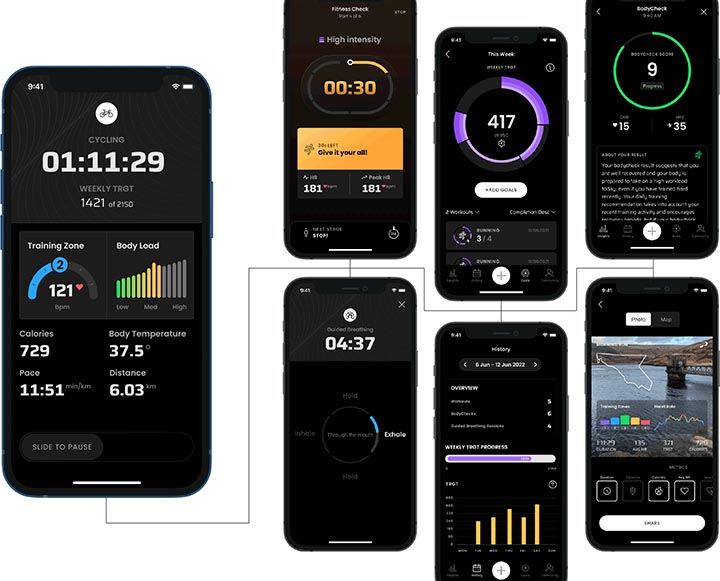
John Ho of the National University of Singapore noted that chronic diseases, such as heart disease and stroke, now account for seven out of the ten leading causes of death in the U.S. and more than 86% of healthcare costs.
Much of the current thinking involves delivering preventative healthcare in clinics and in the home – wherever and whenever, 24/7 – creating the “virtual ward.” This will require continuous wireless connectivity, using such technologies as Bluetooth/Wi-Fi and near-field communication (NFC).
However, as the human body profoundly affects wireless signals, clothing can be used to manipulate these signals, said Ho. For example, textile design can be employed to place conductive textiles on the outside of clothing to make the signals “glide along the body” by constraining the signal to within around 10 cm.
Further, digital embroidery can be used with conductive yarns that are encapsulated to make them washable. Extenders can be employed to extend NFC to around one meter, for example, to power sensors or where clothing is used to power a smartphone.
Power Generation
In another keynote paper at the E-Textiles Network conference, Dr. Jun Chen, assistant professor in the Department of Bioengineering at the UCLA Samueli School of Engineering, Los Angeles, California, USA, discussed the use of smart textiles for personalized healthcare.
He outlined the use of triboelectricity to generate energy to power wearable electronic devices through such technologies as nanogenerators and magneto-elastic generators. For example, a pressure-sensitive smart bed sheet can utilize body movement to generate energy and monitor conditions such as sleep apnea and hypopnea.
Smart textiles can also be used for continuous pulse monitoring and ambulatory cardiovascular monitoring, while smart gloves can be employed in wearable sign-to-speech therapy or sign language translation.
Meanwhile, solar, biomechanical, body heat and biochemical energy harvesting can be used to charge mobile phones or power smartwatches.
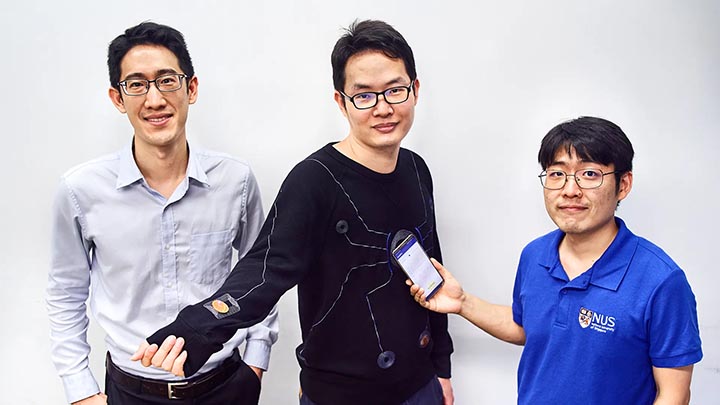
Sustainability of E-textiles
Sustainability and responsible production were underlying themes of the Nottingham conference, with issues such as reusability and recycling continually being challenged by industry. E-textiles also need improvements in terms of durability, washability and sensitivity, and issues of end of life and disposal need to be considered from the initial design development stage.
There are different integration levels of electronics with textiles – which are among the most polluting industries in the world – and this relates to the resource usage of materials and recyclability of the end product. However, there are a multitude of challenges in developing more sustainable and longer lasting e-textile applications.
Professor Elina Ilén of the Universitat Politècnica de Catalunya, BarcelonaTech, Spain, outlined the longevity and end-use aspects of e-textiles, pointing out that smart materials should move away from a linear business model and follow the circular economy model.



